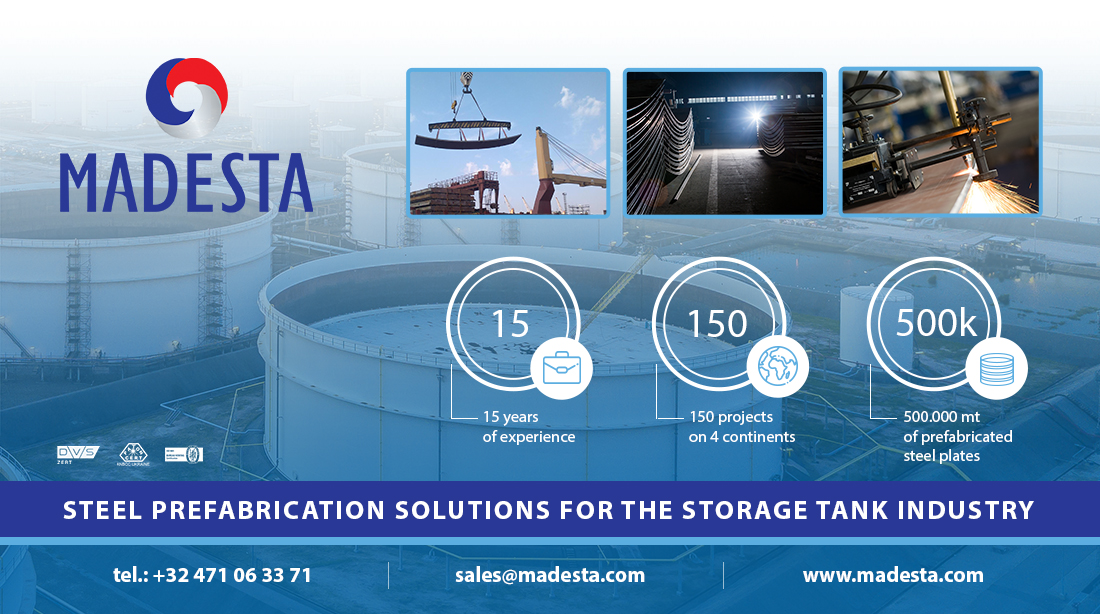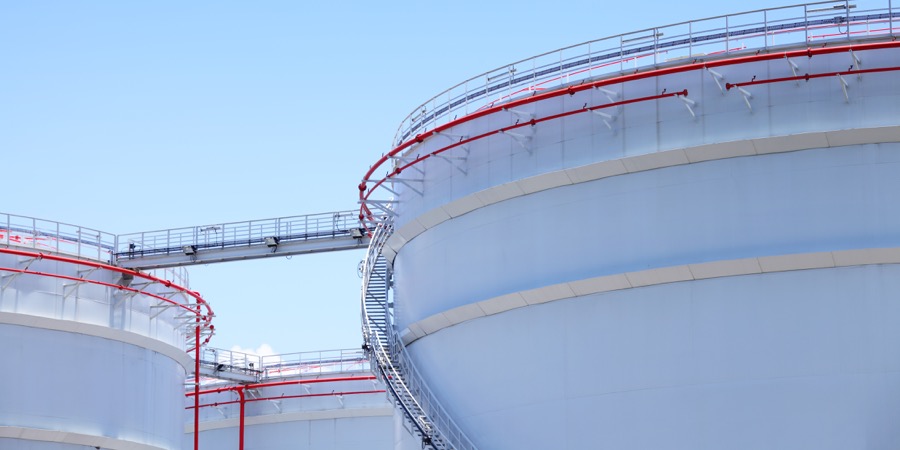Upstream operators are sharpening their portfolio strategies. A low oil price environment and global macroeconomic events have led to tightening margins and a change in focus. Attentions have switched from growth to strengthening balance sheets and portfolio resilience. So, what does that mean for the M&A market?
At its recent APAC Energy Summit, Wood Mackenzie looked at how these dynamics are playing out in the context of the Australasian market.
It said operators will focus on what they consider their best, most advantaged assets. For many this means greater scrutiny on low-margin onstream projects or capital intensive, long-life developments still awaiting a final investment decision (FID).
It added: “Right now, there are three crucial drivers for operators scrutinising upstream assets: portfolio rationalisation, deleveraging balance sheets, and the energy transition:
- Portfolio rationalisation
Operators are stress-testing their portfolios to ensure they can stand up to oil prices of US$30-40/bbl. This means questioning and reassessing the value of their low-margin assets. Short-cycle, quick-payback projects are favoured above capital-intensive, pre-FID projects, with a longer lifespan.
- Deleveraging balance sheets
The oil and gas industry’s pursuit of growth has left many companies with weakened cash flows and stretched balance sheets. Following the oil price crash, they’re now cutting costs and delaying major capital projects to reduce debt levels. Many are scouring portfolios for potential opportunities to monetise assets or farm-down existing positions, ideally reducing future capital commitments to boost free cash flow generation.
- The energy transition
A longer-term driver for refocusing portfolios is the global trend towards net zero. Increased scrutiny on carbon emissions is transforming the global upstream corporate landscape.
Majors such as BP and Total have set the tone with bold decarbonisation targets and will inevitably mean divestment from carbon-intensive assets as they restructure.”
For more information visit www.woodmac.com













